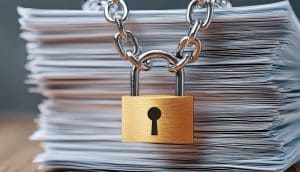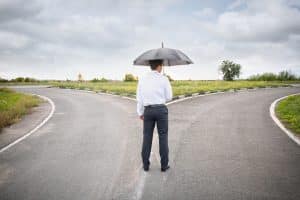
Christopher Kuehl
Managing Director • Armada
It has become something of a national sport or perhaps an obsession. Fed watching captures the headlines week after week. Will they, or won’t they? Every statement is parsed for any nuance or clue as to their intentions and every economic development or crisis becomes fodder for another run at determining the policy direction of the Fed’s Open Market Committee. Obviously, the determination of the Federal Funds Rate determines much of the pace of economic growth and what makes the examination of motive challenging is the fact that central banks (like the Federal Reserve) have a dual mandate that is impossible to satisfy. They are charged with both promoting economic expansion and job growth and controlling the emergence of inflation. One mandate is accomplished through lowering interest rates and the other is accomplished through increasing them. If the institution had one duty it would be easier to determine their policy preference.
In the aftermath of the 2008 banking crisis the focus was on stimulating the economy. The Fed’s Open Market Committee voted eleven to one to drop rates to near zero. There they stayed for several years. Then came the somewhat bizarre recession of 2020 and the further need to stimulate. Rates stayed near zero and the fiscal side of government jumped in with nearly a trillion dollars of stimulus aid. The combination of a trillion dollars of aid, a global supply chain breakdown and a sharp reduction in workforce availability pushed inflation to levels not seen in over four decades. Suddenly the mandate for the Fed changed and now inflation became a concern. At first the desire to help the rebound from 2020 dominated policy but soon enough inflation was spiking at a rate that could not be ignored.
All this leaves the Fed with its current dilemma. Inflation is still nearly double the rate preferred. The preferred measure of inflation is the TMPCE (Trimmed Mean Personal Consumption Expenditure). It is generally more accurate than the more commonly cited Consumer Price Index but the data lags by almost three months. We are just now getting a sense of the January rate of inflation. It seems that inflation has peaked as many predicted at the end of last year. The last reading had PCE at an annual rate of 4.5% and that is the lowest since September of 2021 and lower than had been forecast (5.3%). As recently as June of last year it stood at nearly 7.0%. This is obviously an improvement but still far from the range between 2.0% and 2.5% the Fed would prefer. If one looks at this data alone it would be simple to assert that rates would continue to rise. The mantra of the central bank is that rates are hiked until something breaks and then rates are subsequently lowered to fix what was broken. In most years the measure of whether there has been enough breakage has been the rate of unemployment. Once there has been an impact on the job market with extensive layoffs, the sense is that the economy has slowed enough.
In the last few weeks there has been yet another consideration for the central banks and for the entire bank regulatory system. The shift is described as duration risk. It is a measure of a bond’s interest rate that considers a bond’s maturity, coupon, yield and call features. It measures the impact on bonds when interest rates rise and apparently some investors and some banks failed to take this risk into consideration. As the dust has settled it has become clear that Silicon Valley Bank has been troubled for some time and there were endemic weaknesses in others such as Republic and Signature. These issues were not widespread and the banking system was solid. The problem is that investors and depositors reacted immediately and in a panic. Now that most of the drama has passed there is the ongoing issue of what this means to the Fed’s interest rate plans. The investment community is now convinced the Fed will stop hiking rates and even start lowering them by the summer. There is some precedence to consider with this projection. Over the last forty to fifty years the central banks have generally started to lower rates eight to nine months after there has been a peak in inflation. If there was indeed a peak in global inflation in December of 2022 that eight-month mark would be in July or August. Thus far the Fed has not indicated a desire to reduce rates and the inflation numbers are still far higher than they want. On the other hand, there is obvious impact from the higher rates – slower pace of new home construction, slower retail, consumers accessing credit for necessities and so on. The assertion at the moment is that there is a 50-50 chance for reduced rates by late summer.
Recent Posts
- The All Powerful and Influential Automotive Sector July 10, 2025
- Tariff Fatigue June 24, 2025
- Obtaining Financial Records from Hesitant Customers May 29, 2025
- What Happens Next? May 8, 2025
- Three Reasons to Ignore Recession Talk (and One Reason Not to) April 24, 2025
- Stability in Uncertain Times: Insights on Small Business Performance and Market Trends March 26, 2025











